Perfection in porcelain: new brand 2016/ reignites Japanese ceramic craft

Japan's deteriorating porcelain traditions are being given a new lease of life. This renaissance is the result of 2016/ – an ever-so-slightly confusingly named new brand – dragging the ceramic craftsmanship of the western town of Arita into the contemporary design world. Developed over the past two years, the project is a creative collaboration between Scholten & Baijings and Teruhiro Yanagihara. Over the period, the team appointed 16 international designers to work with ten different potteries, producing a plethora of exceptional ceramics that went on show at this year's Salone del Mobile.
The exhibition truly connected the past to the present and – via The Netherlands and Japan – the West to the East (the two countries maintain an on-going relationship that sprung from a history in trading). To this day, the northern European state has acted as a platform for age-old Japanese craft – something we noted at Mono Japan earlier this year.
Thus, it came as no surprise that 2016/ was such a special project, introducing the audience (and some of the designers) to pottery techniques that they might otherwise never have heard of. Seeing the modern styles of practitioners such as Swiss firm Big-Game, Stefan Diez and Pauline Deltour dip into the classic craft is a fascinating amalgam of creative cultures.
The collections remained relatively conventional in their fundamental forms, from plates to different sized vessels. But it was the unique skills and ceramic wizardry that was the highlight; the magnitude of textures and multihued effects that only come from disciplined and established craftsmanship. From Kueng Caputo’s impressive spectrum of gradients, created using fukitsuke, a specialist airbrush painting technique from Arita's Kin’emon Toen pottery; to faded rich electric blues by Studio Wieki Somers that take the ancient metal stencil techniques of Koransha pottery to an abstract and hi-tech level.
Elsewhere, Spanish designer Tomás Alonso experimented with modern shapes at Sehyou & Co pottery to produce finely thin and chalky containers. Stefan Diez and Pauline Deltour also immersed themselves in the culture with their shapely models, that toy with the thickness of the pottery via different firing temperatures. Meanwhile creative directors Scholten & Baijings and Yanagihara presented both handpainted and geometric forms – the results of their ongoing research into Arita craft.
The new collections mark the 400th anniversary in Aritaware traditions, and the celebrations are just the beginning; next up is the opening of an 'Arita House' right by Amsterdam’s Rijksmuseum, a mimic of the one in Japan. It's set to host many crafty events – a further link in the cultural and historical fusion.
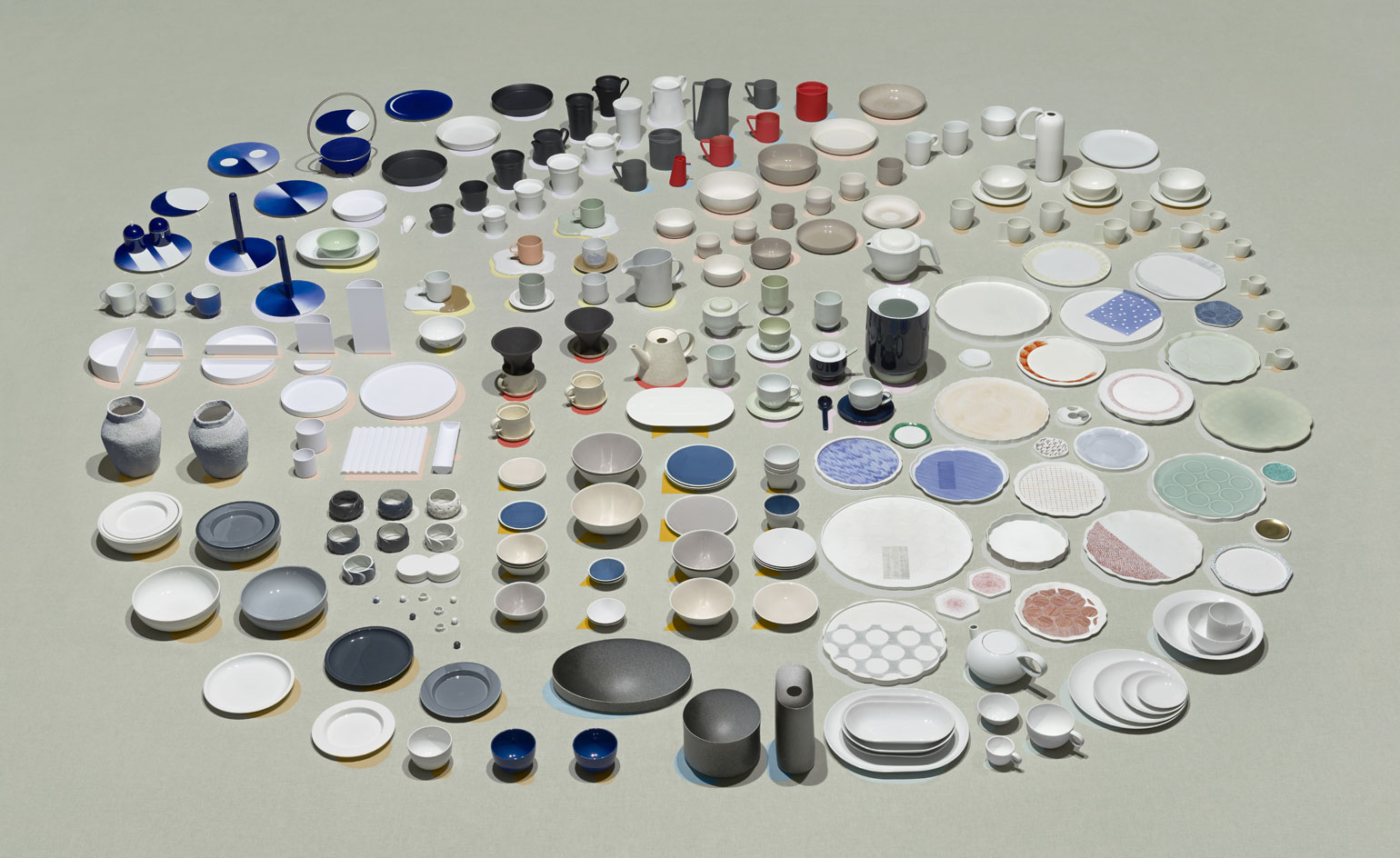
The project is a creative collaboration between Scholten & Baijings and Teruhiro Yanagihara – together, they have appointed 16 designers to work with ten different potteries, producing a plethora of exceptional ceramics.

The exhibition truly connected the past to the present and – via The Netherlands and Japan – the West to the East. Pictured: Scholten & Baijings' handpainted collections.
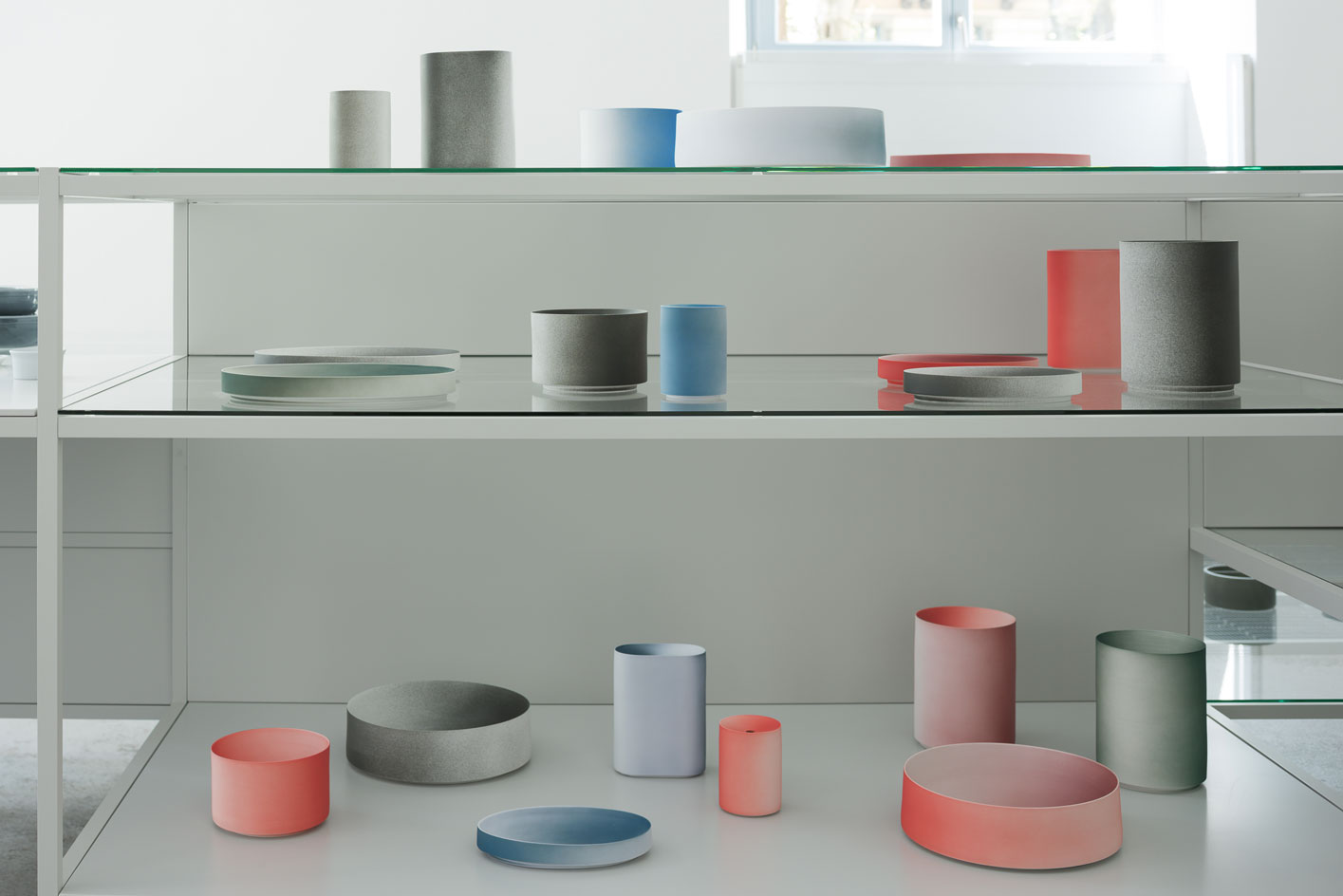
Kueng Caputo’s impressive spectrum of gradients is created using fukitsuke, a specialist airbrush painting technique from Arita's Kin’emon Toen pottery.

Spanish designer Tomás Alonso experimented with modern shapes at Sehyou & Co pottery to produce finely thin and chalky containers.
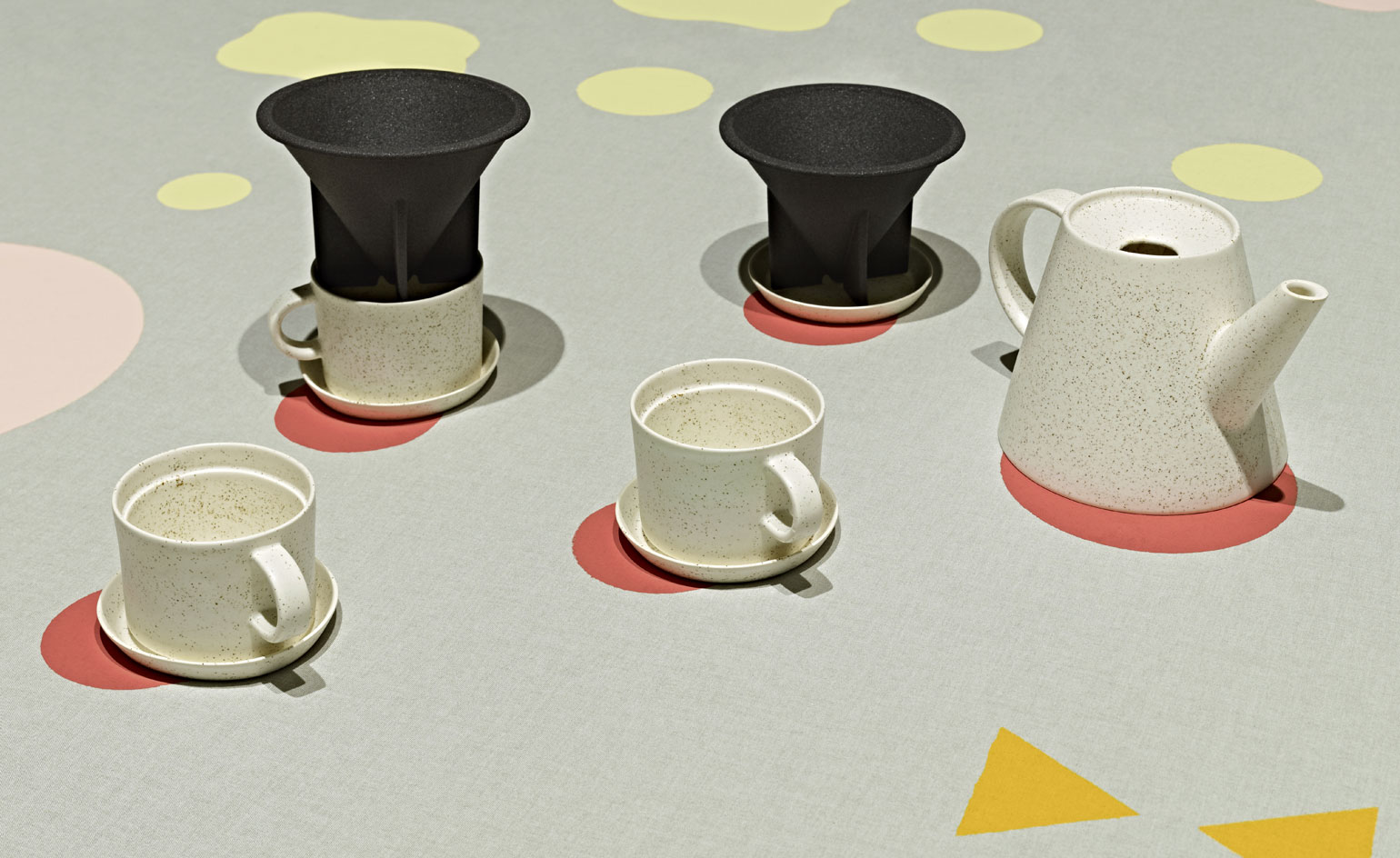
Swiss practice Big-Game's collections.
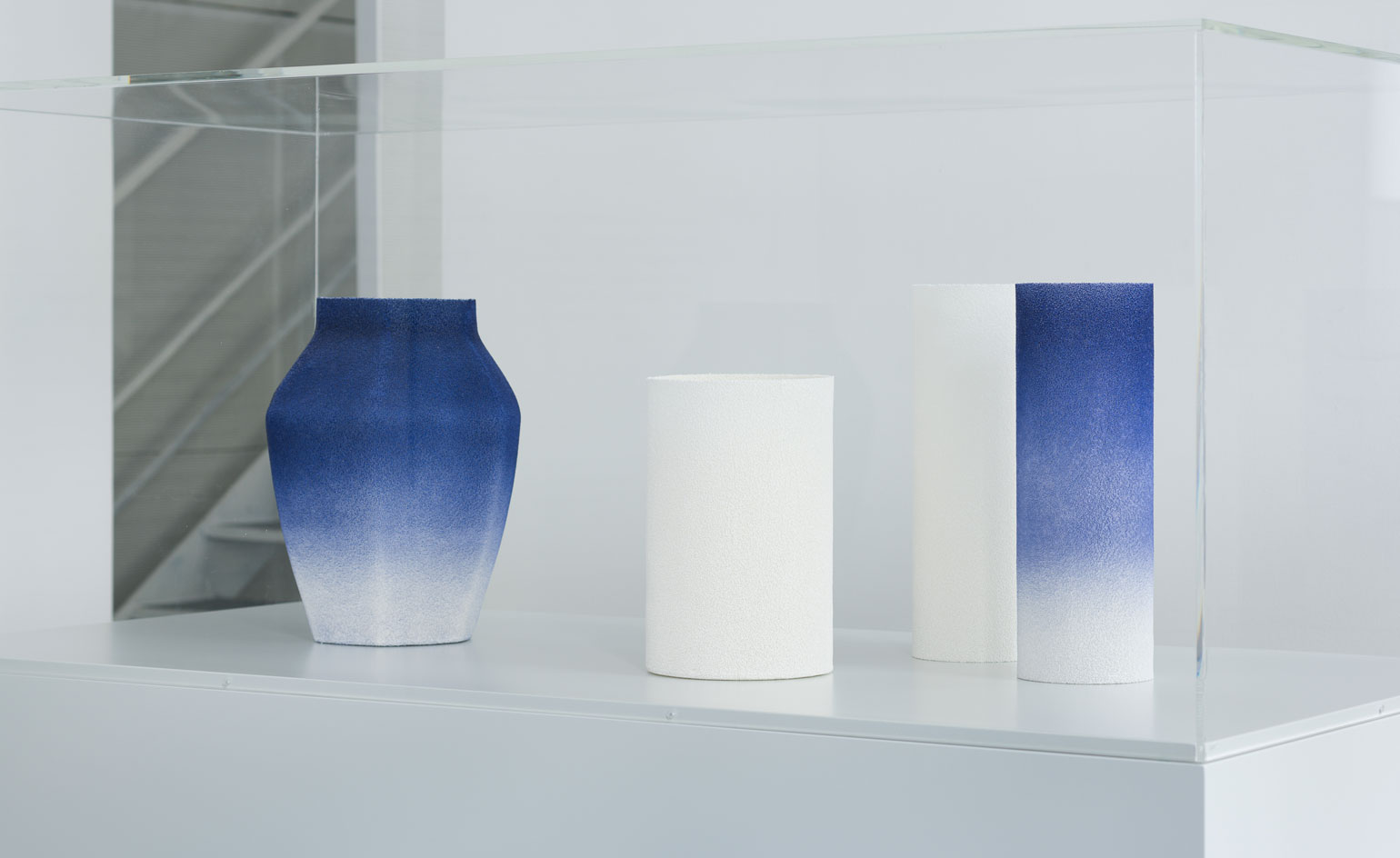
Teruhiro Yanagihara’s ongoing studies into the ceramics of Arita are manifested in his refined vases.
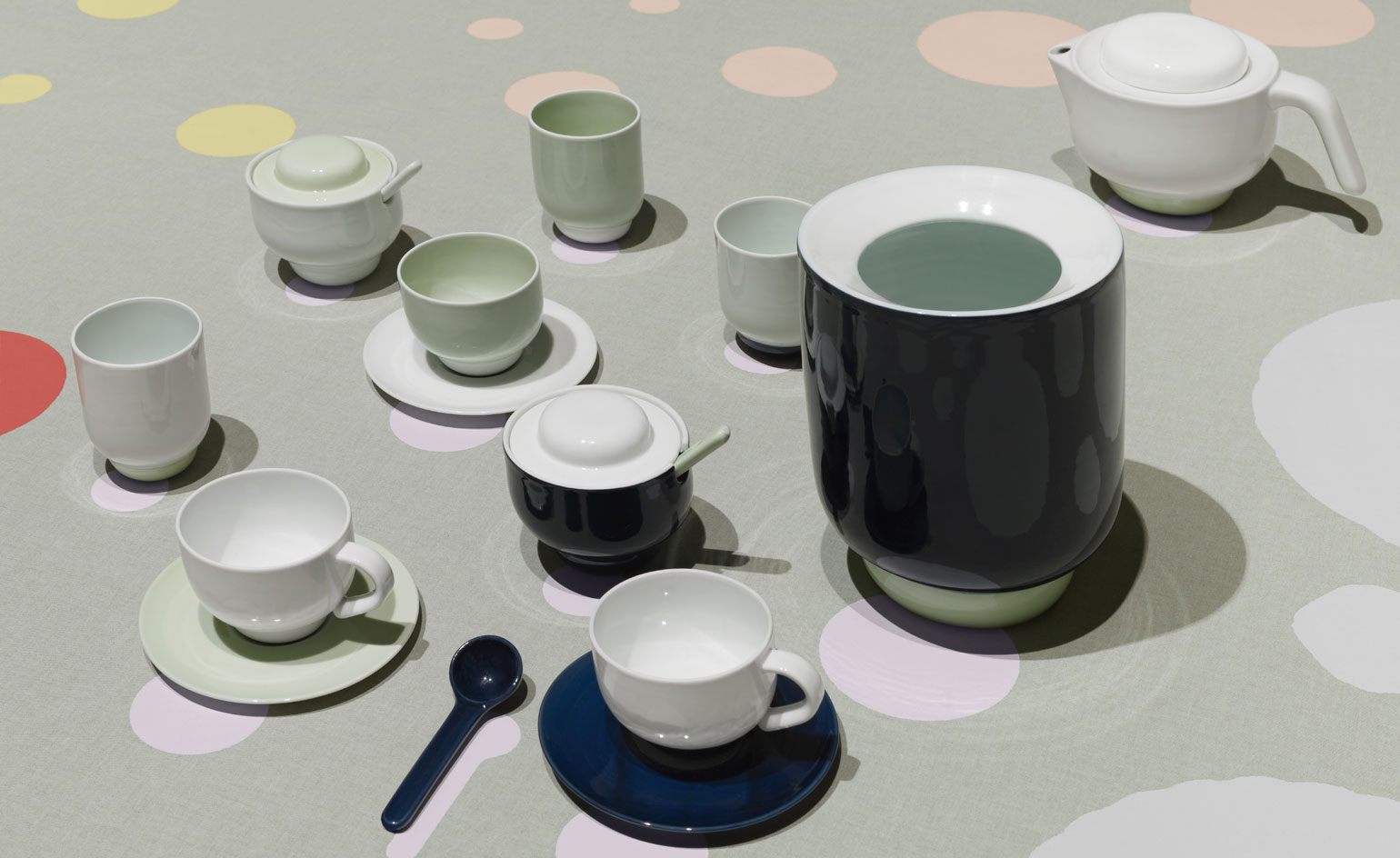
Pauline Deltour toyed with the thickness of her pottery via different firing temperatures.

Shigeki Fujishiro created a range of strongly coloured forms.

Kirstie van Noort’s collections were rendered in muted, austere palettes.
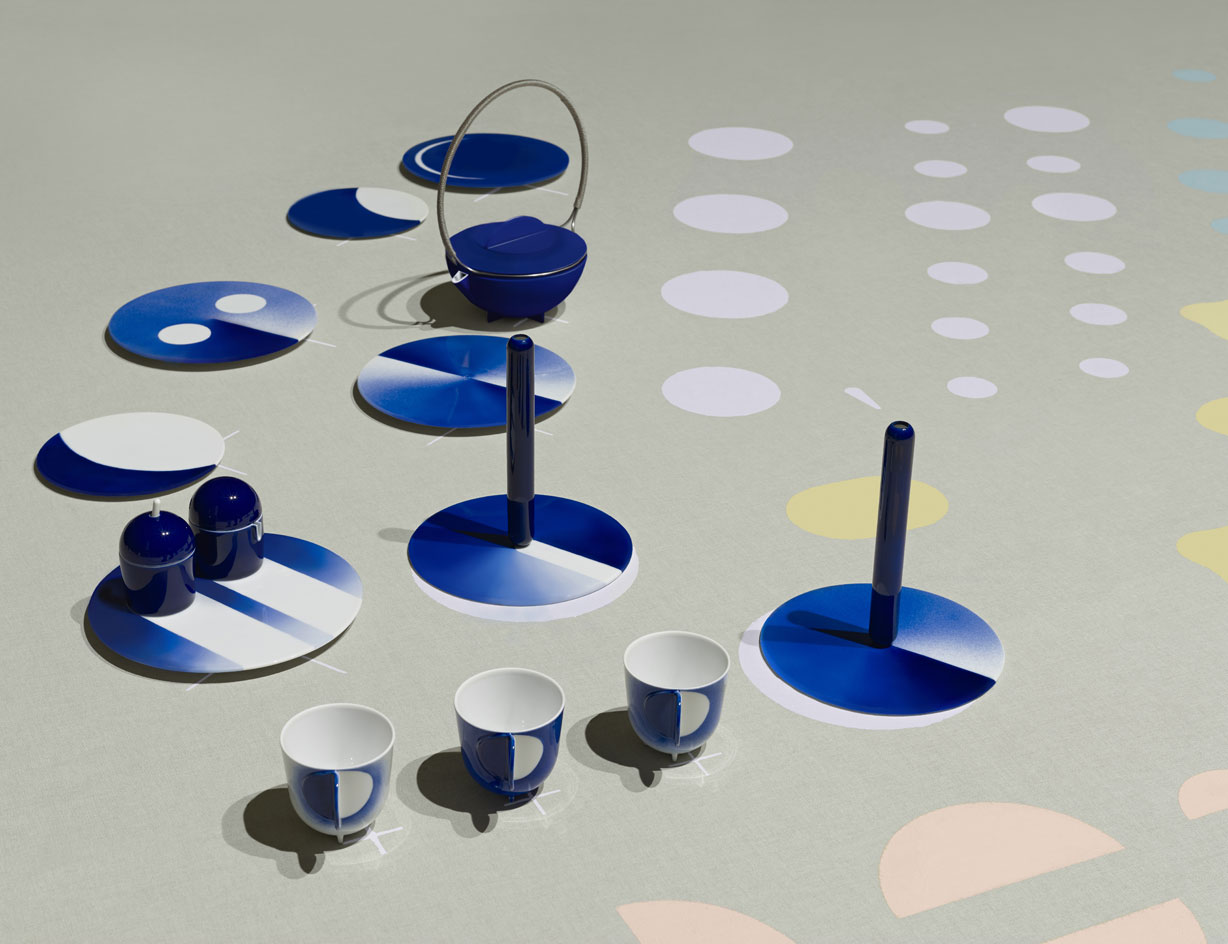
The faded rich electric blues of Studio Wieki Somers take the ancient metal stencil techniques of Koransha pottery to an abstract and hi-tech level.
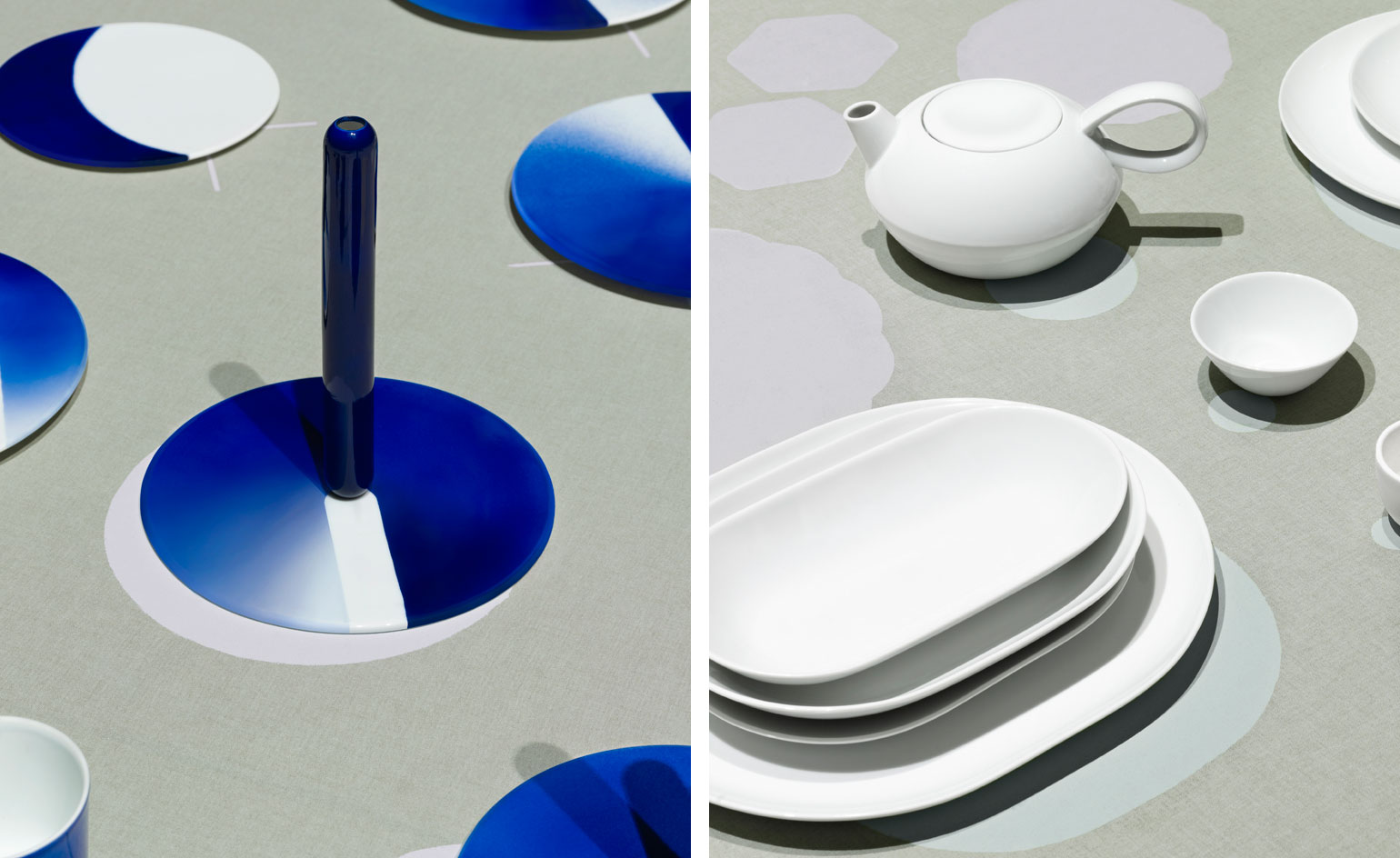
Next up is the opening of an ’Arita House’ right by Amsterdam’s Rijksmuseum, a mimic of the one in Japan. Pictured left: work by Studio Wieki Somers. Right: wares designed by Stefan Diez.
INFORMATION
2016/ collections will be available from November 2016. For more information, visit the 2016/ website
Receive our daily digest of inspiration, escapism and design stories from around the world direct to your inbox.
Sujata Burman is a writer and editor based in London, specialising in design and culture. She was Digital Design Editor at Wallpaper* before moving to her current role of Head of Content at London Design Festival and London Design Biennale where she is expanding the content offering of the showcases. Over the past decade, Sujata has written for global design and culture publications, and has been a speaker, moderator and judge for institutions and brands including RIBA, D&AD, Design Museum and Design Miami/. In 2019, she co-authored her first book, An Opinionated Guide to London Architecture, published by Hoxton Mini Press, which was driven by her aim to make the fields of design and architecture accessible to wider audiences.
-
 Dublin-based designer Cara Campos turns abandoned bicycles into sleekly minimal furniture pieces
Dublin-based designer Cara Campos turns abandoned bicycles into sleekly minimal furniture piecesWallpaper* Future Icons: Saudi-raised Irish/French designer Cara Campos' creative approach is rooted in reuse, construction and the lives of objects
-
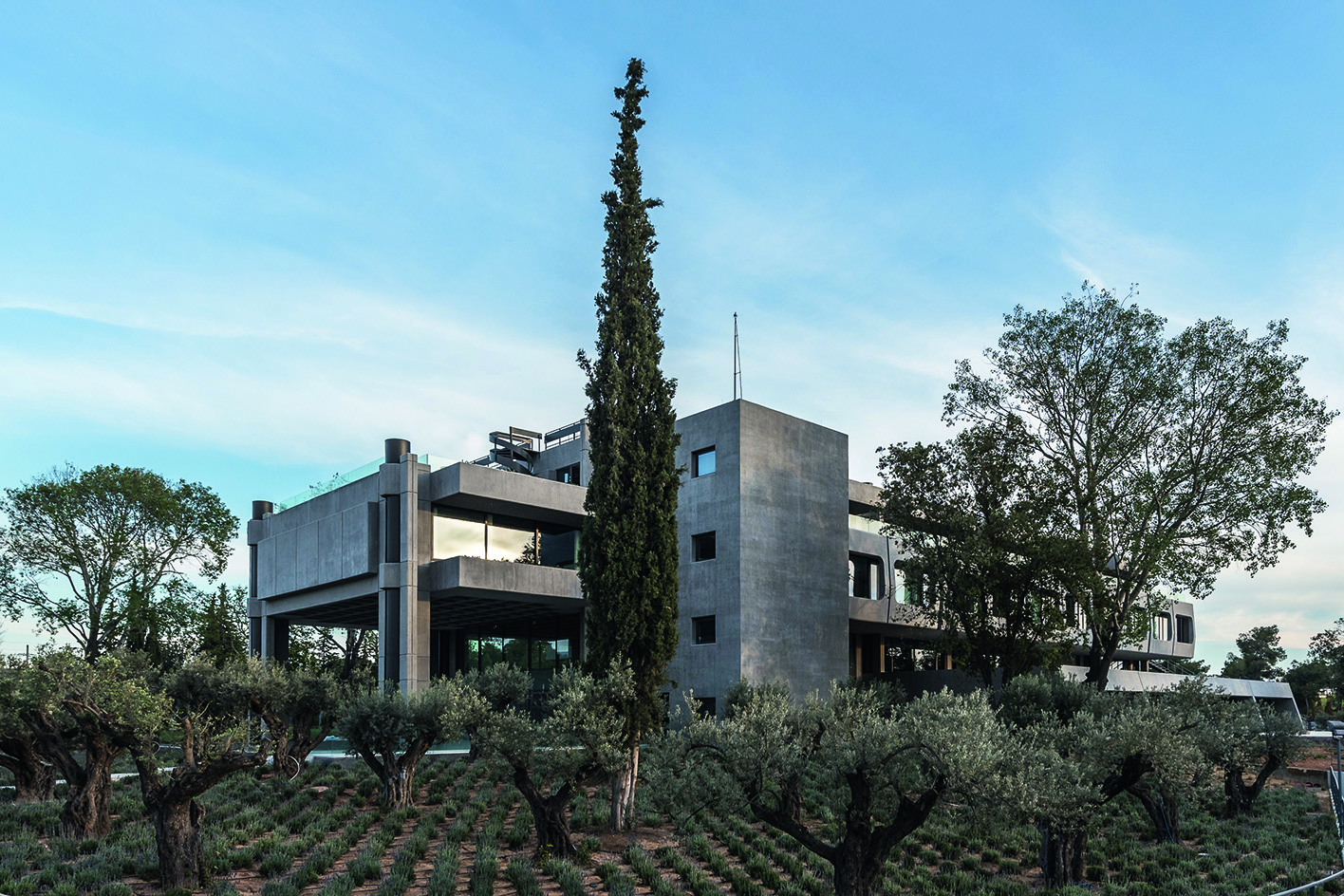 A Greek brutalist gem wows with its reimagining in Athens
A Greek brutalist gem wows with its reimagining in AthensAthens architect Georges Batzios squares up to the renovation of a landmark Greek brutalist office block in the capital's suburbs; we revisit a story from the Wallpaper* archive
-
 Modernism for sale: a Norman Jaffe-designed icon on Shelter Island hits the market
Modernism for sale: a Norman Jaffe-designed icon on Shelter Island hits the marketThe Osofsky House epitomised the glamour of high-end 70s modernism on Long Island. Now updated and refurbished, it’s back on the market for the first time in over two decades
-
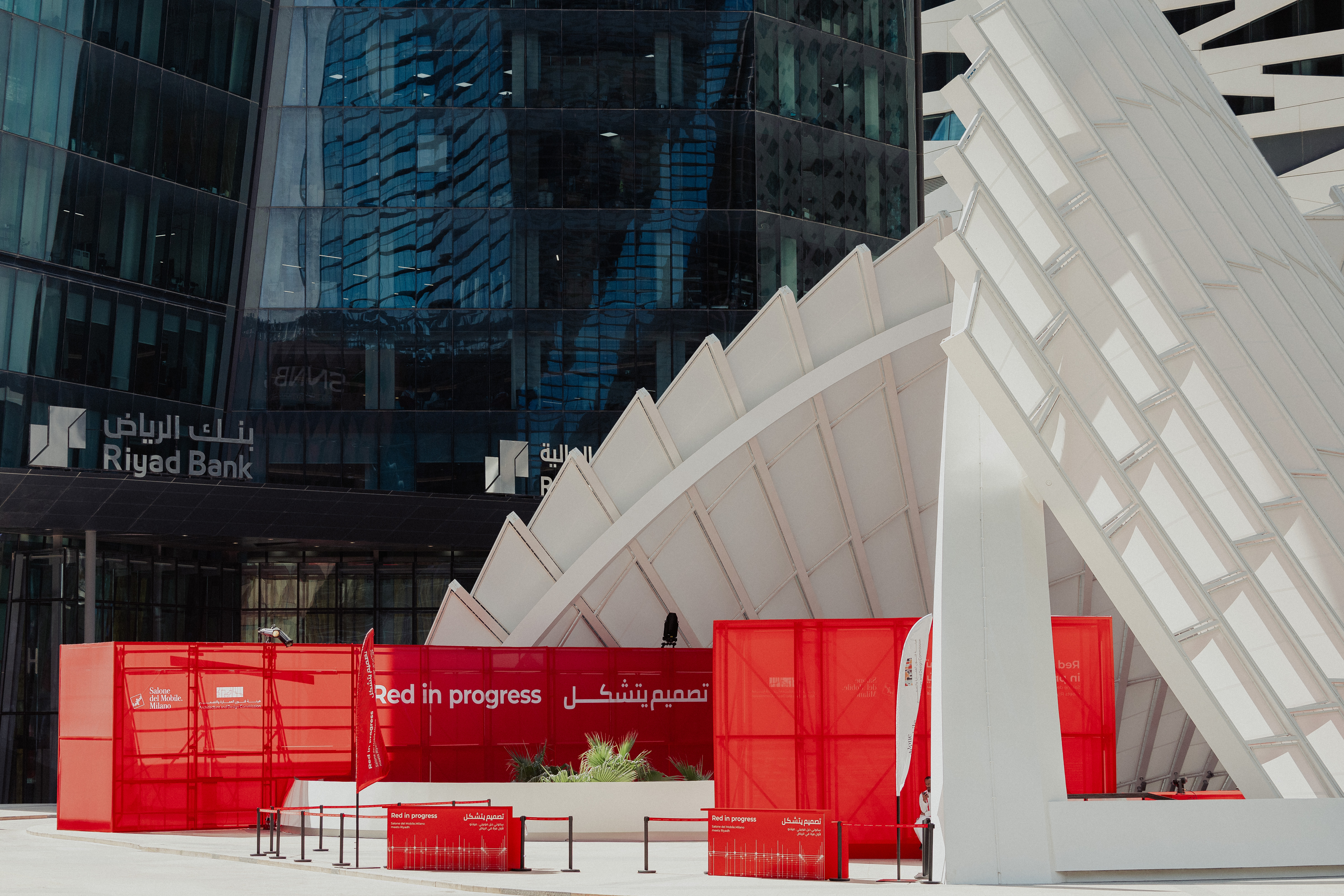 ‘Locally anchored and globally conversant’: Salone del Mobile debuts in Saudi Arabia
‘Locally anchored and globally conversant’: Salone del Mobile debuts in Saudi ArabiaSalone del Mobile lands in Riyadh (26-28 November 2025), bringing its creative and manufacturing know-how to one of the world’s fastest-growing markets and setting the stage for Italo-Saudi design relations
-
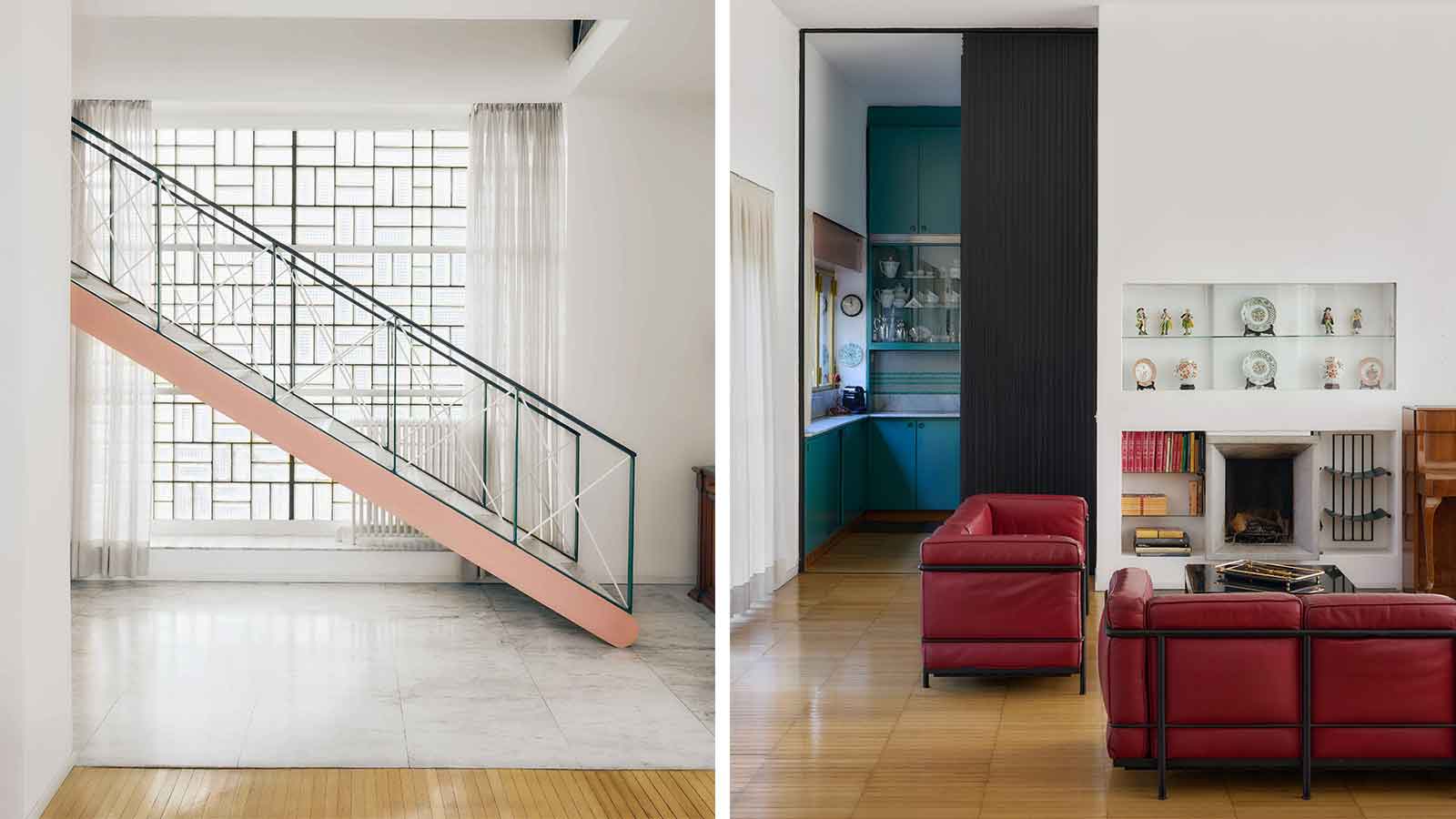 Alcova 2026 locations include a Rationalist gem and an abandoned church
Alcova 2026 locations include a Rationalist gem and an abandoned churchAlcova returns for an 11th edition in 2026 (20-26 April), once again opening up two exclusive Milanese locations, the Baggio Military Hospital and Franco Albini's Villa Pestarini
-
 Salone del Mobile 2026 will embrace collectible design with Salone Raritas
Salone del Mobile 2026 will embrace collectible design with Salone RaritasSalone del Mobile has Salone Raritas, a new exhibition space at the fair (21-26 April 2026), curated by Annalisa Rosso and designed by Formafantasma
-
 Exploring tsu tsu mu: a new exhibition in Tokyo reframes the Japanese way of wrapping anything
Exploring tsu tsu mu: a new exhibition in Tokyo reframes the Japanese way of wrapping anything‘Tsu-tsu-mu’, on view until 13 October 2025 at Matsuya Ginza, reframes the popular Japanese concept of wrapping into a mindset for caring for others
-
 O Milano! Design's epic annual spectacle in photos
O Milano! Design's epic annual spectacle in photosCall us biased, but we believe that Milan Design Week is, at this moment in time, the greatest show on earth
-
 ‘Romantic brutalism’ rethinks Polish craft
‘Romantic brutalism’ rethinks Polish craftAn exhibition in Warsaw gives local makers their due, looking inside the burgeoning world of Polish design
-
 Eight designers to know from Rossana Orlandi Gallery’s Milan Design Week 2025 exhibition
Eight designers to know from Rossana Orlandi Gallery’s Milan Design Week 2025 exhibitionWallpaper’s highlights from the mega-exhibition at Rossana Orlandi Gallery include some of the most compelling names in design today
-
 Bentley’s new home collections bring the ‘potency’ of its cars to Milan Design Week
Bentley’s new home collections bring the ‘potency’ of its cars to Milan Design WeekNew furniture, accessories and picnic pieces from Bentley Home take cues from the bold lines and smooth curves of Bentley Motors